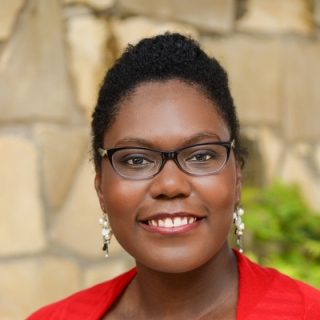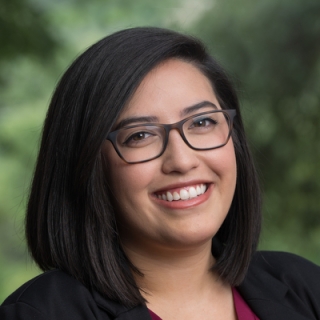School & Neighborhood Segregation
Almost 70 years ago, the Supreme Court handed down the landmark decision Brown v. Board of Education, holding that the doctrine of “separate, but equal” had no place in American public education. But the “massive resistance” to school integration across the country was immediate and continues to this day: American schools remain highly segregated even as their students become more diverse. Schools with large proportions of children of color have higher levels of poverty and fewer resources for students, disproportionate levels of exclusionary school discipline, less experienced teachers, lower test scores, and are more likely to be closed when a school district decides to restructure.
Residential and school segregation are interdependent. Because schools draw students from the surrounding geographic area, segregated neighborhoods produce segregated schools. One of the worst legacies of deliberate government policy decisions that created and perpetuated residential segregation is separate and unequal schools.
Texas Appleseed believes that all Texans should live in safe and healthy neighborhoods with access to opportunity and that schools should be safe and supportive environments where all students can thrive, regardless of race, ethnicity, income, background or zip code. We work with community organizations, schools, teachers, and students to achieve the full promise of Brown and the Fair Housing Act.









